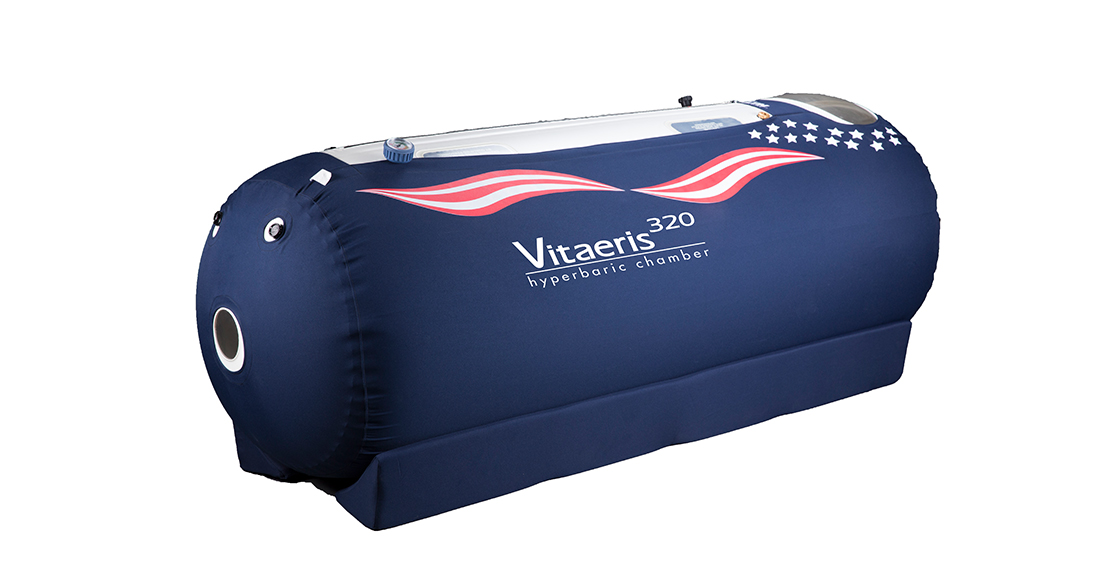
In a critical care patient ward of COVID-19, multiple severely ill patients are monitored. Most of these patients, who are in the critical or severe stage of the disease, are suffering from serious pneumonia. Due to this, oxygen is unable to reach the bloodstream; lungs are inflamed and oxygen passages are completely blocked. To support patients, intubation is offered and ventilator support is given till the situation improves. However, at this stage, a prominent medicine or treatment is necessary, which is offered by hyperbaric oxygen therapy.
As revealed by a study, hyperbaric oxygen therapy can help oxygen to reach the lungs, bloodstream, and other body fluids. This treats inflamed lungs and improves conditions naturally. This is possible because HBOT delivers oxygen to arterioles via multiple routes even when alveoli air sacs are injured or damaged.
This article will discuss the significance of hyperbaric oxygen therapy in severe COVID-19 pneumonia.
Hyperbaric Oxygen Therapy
Generally, our body transfers oxygen throughout the body with the help of red blood cells. However, when tissues and lungs become inflamed or injured, this flow of oxygen is hampered and halted to an extent. This leads to a series of health issues, including hypoxemia, as in the case of COVID-19.
However, in hyperbaric oxygen therapy, pure oxygen is delivered to the body. In a pressurized chamber, 100% oxygen is given to the individual. Due to the increased pressure, the oxygen dissolves in body fluids other than red blood cells. So, during HBOT, multiple body fluids, such as plasma, lipids, and cerebral-spinal fluids start carrying oxygen. As a result, even inflamed tissues and cells receive optimum oxygen. For this reason, multiple scientists believe that HBOT can be utilized to reduce the impact of COVID-19 pneumonia and deterioration speed that can lead to intubation or ventilator support.
How HBOT Can Help?
Before moving on with HBOT therapy for critical COVID-19 patients. There are two considerations that doctors are ensuring:
- Firstly, the monoplace or multi-place hyperbaric oxygen therapy chambers should be equipped to handle treatment in COVID-19 cases. This includes staff training for critical care.
- Secondly, as infection can stay on surfaces for multiple hours and days, staff exposure needs to be limited.
If these considerations are being met, then hyperbaric oxygen therapy can be a viable treatment option for hypoxemia developed in COVID-19.
In most COVID-19 cases, the cytokine storm starts on the 7th day of illness. After being under the impression of the virus for 6-10 days, the cytokine storm and related impact can lead to severe complications, including Adult Respiratory Distress Syndrome (ARDS). Usually, lungs are affected the most, and other organs are don’t experience the same impact.
The COVID-19 patients with pneumonia survive with NRB (non-re-breather) face mast for multiple days. As time progresses, some of these patients have improvements and others move from NRB face masks to intubation. The idea role of hyperbaric oxygen therapy is to reduce the ICU hospitalization or stay in the second case. Hence, HBOT therapy is currently being used to reduce the chances of intubation. Patients who are in the severe or critical category but not yet shifted to the ventilator are potential candidates for HBOT therapy.
Further, there’s a subcategory of COVID-19 patients who may also be considered for HBOT therapy. For instance, a patient who is on 100% NRB or nasal cannula oxygen. If the condition of these patients are not improving and they are still experiencing hypoxia, then they may be more susceptible to intubation in the following days. Receiving hyperbaric oxygen therapy, in this case, can oxygenate the patient’s blood and reduce intubation chances.
The reason behind this is that COVID-19 patients are given treatment to avoid reaching the intubation stage. The doctors usually buy time for healing of tissue, hypoxia, and inflammation. Once the patient is moved to the ventilator, this healing is further slowed down. Hence, increasing mortality rates. The hyperbaric oxygen therapy’s anti-inflammatory and oxygenation impact can address these issues before recovery becomes harder.
However, preparing the patient for therapy is a huge task for medical professionals. Moving the pneumonia patient from the critical care unit or ICU for HBOT therapy is risky. Additional harm is posed to the support staff because of the contagious nature of the virus or disease. The barriers to considering this therapy for COVID-19 patients are the major bottlenecks for this treatment option. If these factors are resolved with innovation and technology, hyperbaric oxygen therapy can improve the condition of multiple patients.
Conclusion
Molecular oxygen therapy is utilized to treat different health ailments. From hypoxic conditions to organ, tissue, and cell destruction, molecular oxygen can reduce the damage in varying conditions.
Therefore, depending on the degree of hypoxia observed in the severe or critical COVID-19 patients, HBOT can be used to deliver oxygen to lungs, body cells, and tissues. The therapy can be used to directly treat hypoxemia to decrease the chances of shifting the patient to the ventilator.
However, hyperbaric oxygen therapy in COVID-19 conditions should be only received under strict medical guidance to avoid the spread of the virus.




